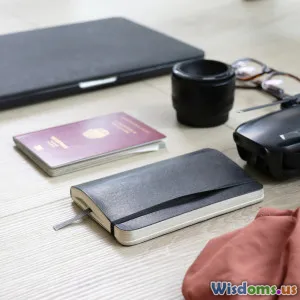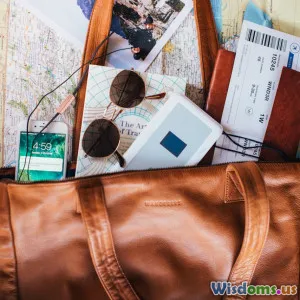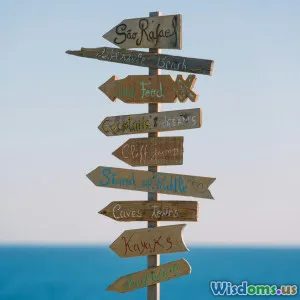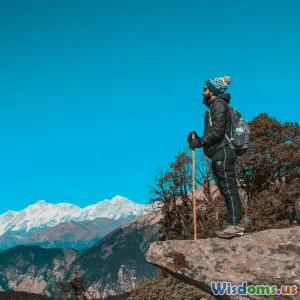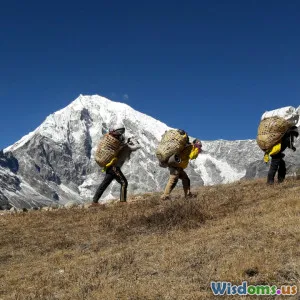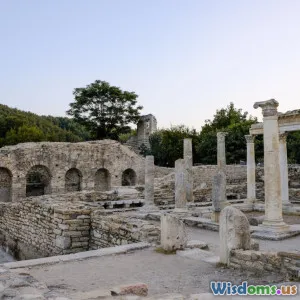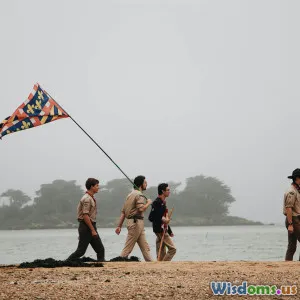
Budget Friendly Adventure Planning for Every Explorer
16 min read Essential tips for affordable adventure travel tailored to all explorers, from trip planning and gear savings to cost-effective destinations. (0 Reviews)
Budget Friendly Adventure Planning for Every Explorer
Every explorer, from the novice hiker to the globe-trotting thrill-seeker, appreciates one thing above all: the freedom to pursue adventure without breaking the bank. In a world where Instagram-perfect destinations and luxury experiences dominate travel storytelling, budget-friendly adventure planning is both an art and a science. Whether you're aiming for a solo journey through hidden forests or plotting a group expedition into mountainous terrains, there are ways to create big memories without draining your wallet. Here's how you can design a truly affordable adventure—without sacrificing excitement or authenticity.
Defining Your Adventure Goals
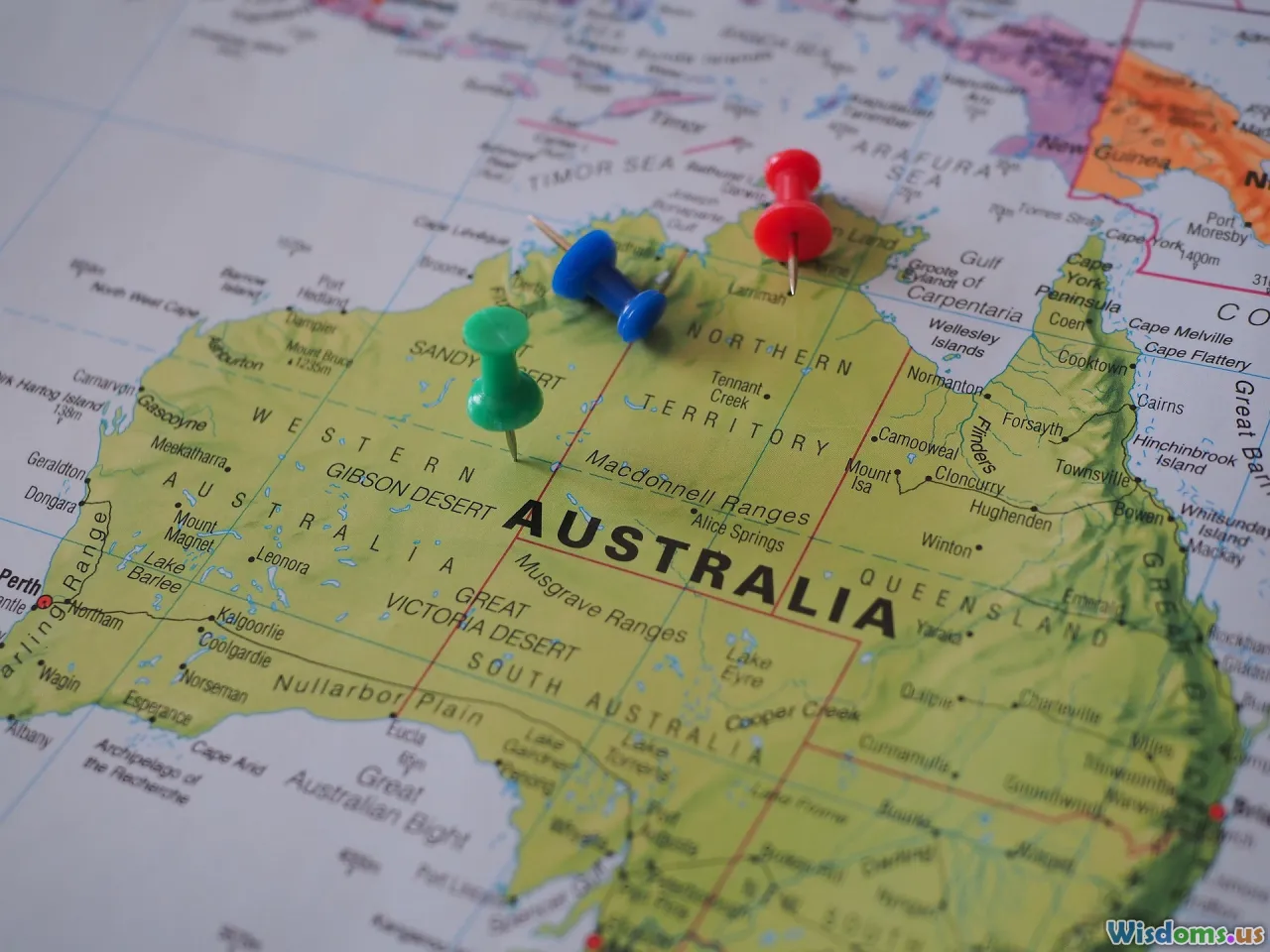
Begin with a clear understanding of what adventure means to you. Is it about trekking remote trails, trying out adrenaline-pumping activities, soaking up local culture, or simply escaping your daily routine? Once your aspiration is outlined, your budget adventure can be tailored to maximize joy while minimizing cost.
Pro tip: Create a list of top three adventure goals. For example:
- Seeking Solitude: Try isolated national parks, lesser-known hiking trails, or birdwatching hideaways.
- Thrilling Escapades: Hunt for affordable zip-lining parks, public climbing centers, or white-water rafting with community discounts.
- Cultural Discovery: Look into local festivals, small-town museums, and food markets instead of expensive guided city tours.
By setting clear goals, you prioritize must-dos, streamline decision-making, and prevent overspending on unplanned must-sees.
Crafting a Flexible Itinerary
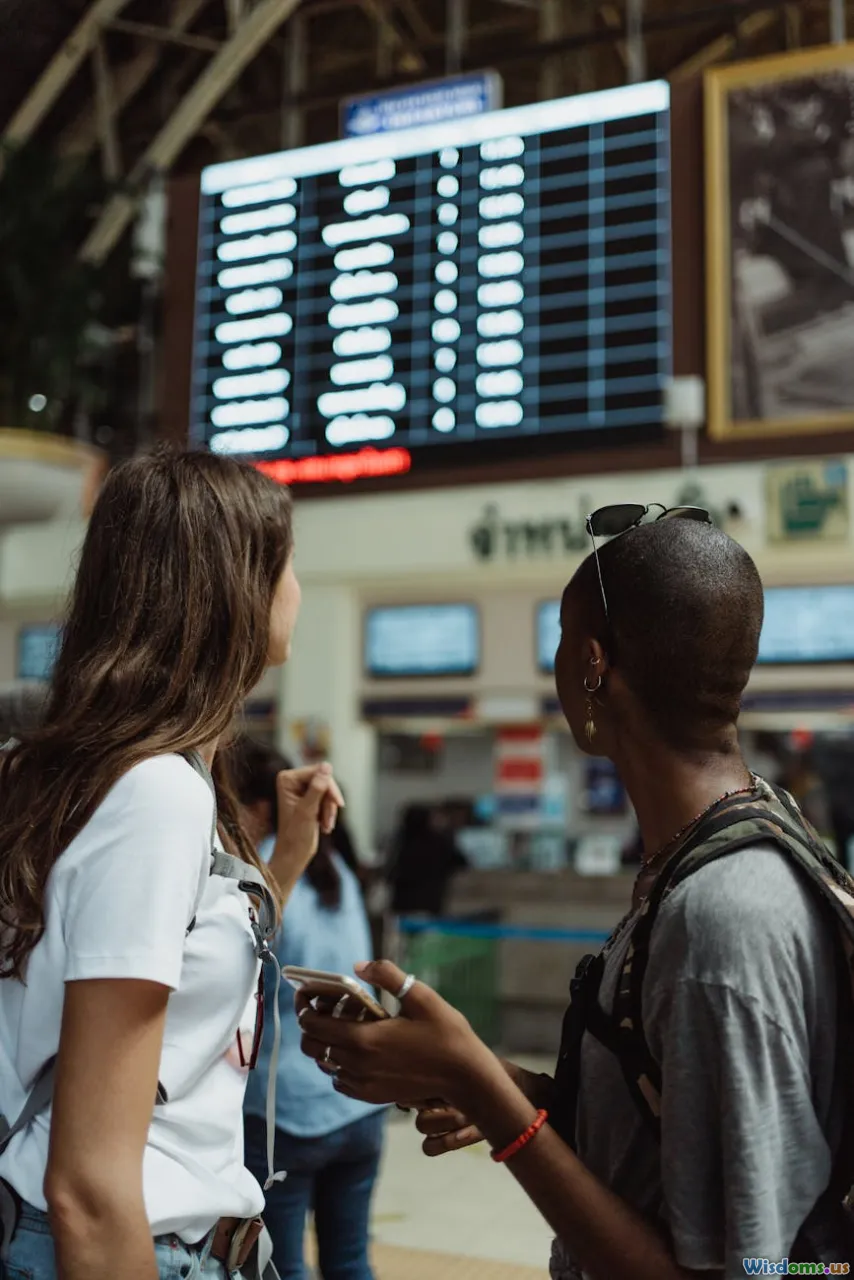
A flexible itinerary doesn't just save money—it unlocks hidden adventures. Off-peak travel and weekday outings often yield incredible deals that can slash your expenses by 30–50%.
- Be Season-Smart: Shoulder seasons (the periods between peak and off-peak) offer tolerant weather and affordable accommodations, attractions, and airfare. For example, traveling to the Alps in late spring avoids ski resort madness but still grants access to lush hikes.
- Embrace Spontaneity: Day-of discounts, last-minute hotel deals, and spontaneous excursions are best captured by savvy, schedule-agnostic explorers.
- Apps like HotelTonight, and websites like LastMinute.com, specialize in same-day or next-day deals.
- Map Local Events: Scan community calendars when you arrive. Many towns organize free concerts, workshops, or even adventure races open to visitors during certain periods.
Celebrating what fits your timeframe without over-committing is the key to finding quirky, affordable adventures—sometimes right under your nose.
Picking Budget-Friendly Destinations

Location is everything. Some of the world’s most remarkable adventure hotspots are also surprisingly affordable—if you know where to look.
- Eastern Europe: Countries like Slovakia, Romania, and Bulgaria offer stunning mountains and vibrant cultures at a fraction of Western European prices. Mountain huts in the Carpathians, for example, may offer overnight stays for as little as $15.
- Southeast Asia: Thailand, Vietnam, and Laos each present rich adventures (think jungle treks or cave exploration) with food and lodging sometimes costing under $20 per day.
- Latin America: Peru’s lesser-known trails—beyond Machu Picchu—highlight wild adventures for budget backpackers. Likewise, Mexico’s cenotes, caves, and volcanoes offer free or cheap thrills off the resort path.
Research alternative gateway cities or towns near famous attractions to secure cheaper lodgings and more authentic, crowd-light experiences. Keep an eye out for national parks and government-managed reserves, which often feature subsidized, clean campsites and guided activities.
Transportation Tricks and Trailblazing Tactics
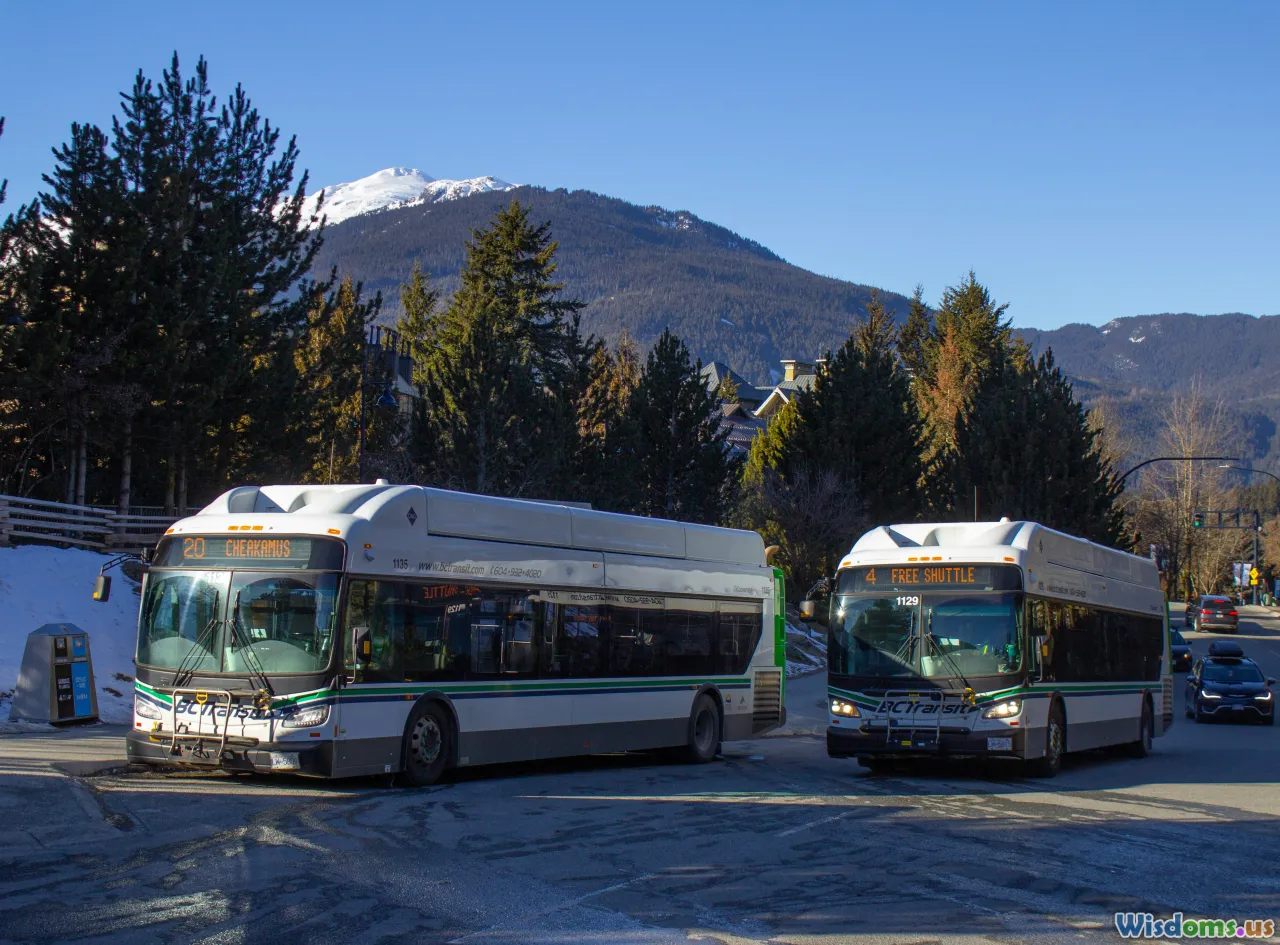
Getting around can devour your budget—unless you use a little ingenuity.
- Public Transport: Local buses, trains, and shared vans (called collectivos or jeepneys in many regions) are considerably cheaper than car rentals or taxis. In Nepal, for example, local buses deliver you to trailheads throughout the Himalayas for just a few dollars.
- Carpooling and Ride Shares: Platforms like BlaBlaCar (Europe), Poparide (Canada), or Via (US cities) connect travelers heading the same way—splitting fuel costs and often leading to new friendships.
- Bike or Walk: Many small towns and nature spots become accessible with a rented bike or even on foot. Not only does this save money, but it also lets you access hidden corners, impromptu viewpoints, and the slow pleasures of travel.
- Night Buses or Trains: Save on accommodation costs by booking overnight transit trips for long distances—transportation and a bed rolled into one.
Plan ahead for remote journeys (where options may be sparse) and always double-check schedules—transportation apps like Rome2Rio can be indispensable tools.
Accommodation: Creative and Cost-Conscious Choices

Shelter is often the single largest spend on any adventure. But budget doesn’t mean basic if you know where to look.
- Hostels and Guesthouses: Beyond bunk beds, many now offer private rooms, organized excursions, and communal kitchens—at a price much lower than hotels. Use Hostelworld or Booking.com for reviews and best deals.
- Camping and Wild Camping: Pitching a tent remains unbeatable for cost and experience, with thousands of national and state parks offering budget-friendly fees. In parts of Scandinavia, Scotland, or New Zealand, wild camping is even legal in designated areas (check local regulations!).
- Homestays and Farm Stays: Platforms like Couchsurfing and Workaway offer authentic cultural exchange in exchange for chores or a tiny fee—think working in an organic vineyard in Portugal, or helping with sheep-shearing in Australia.
- House-Sitting: Watching someone’s home and pets while they’re away, via sites like TrustedHousesitters, can be a fantastic route to free lodgings in exchange for responsibility.
Remember: always balance frugality with basics like safety, hygiene, and local hospitality laws.
Eating Well for Less on the Road
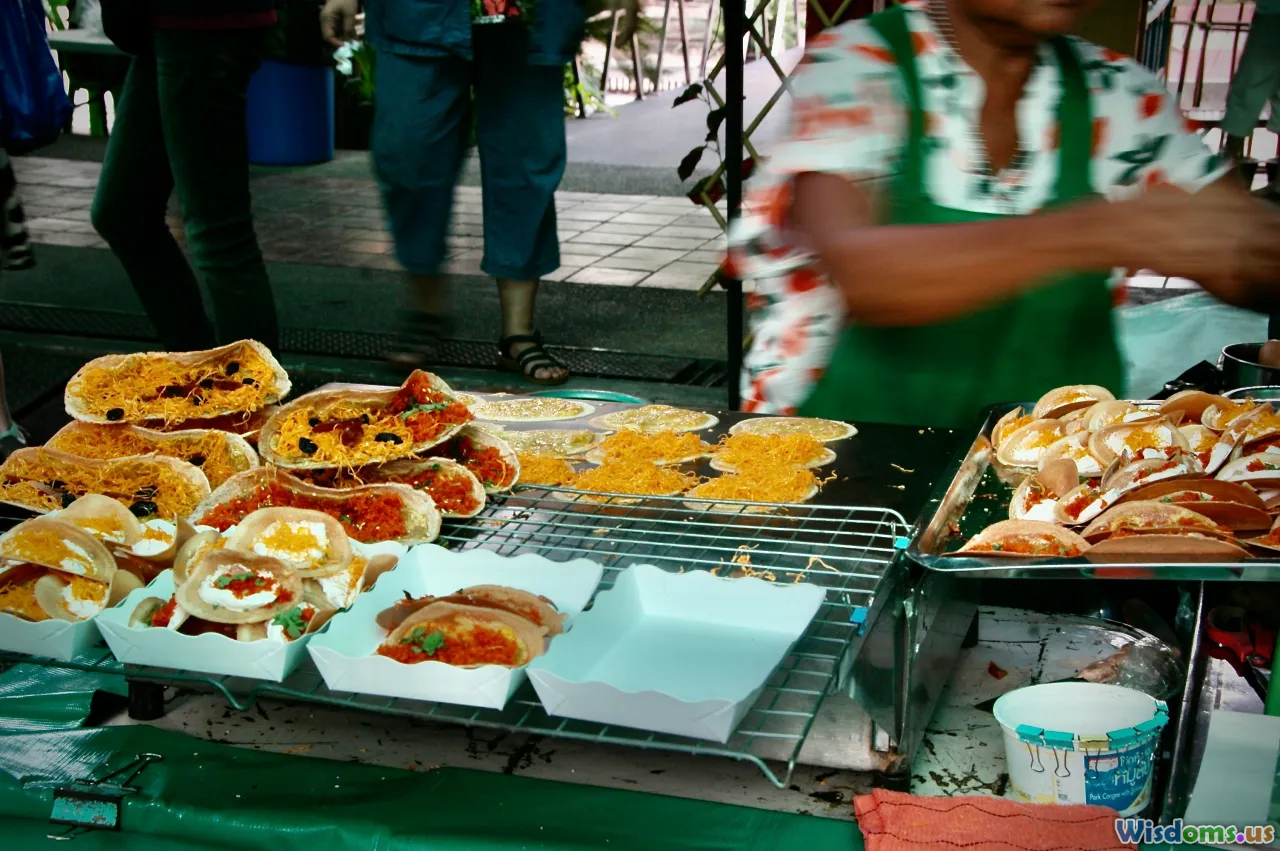
Adventure is best fueled on a full (and not extravagant) stomach. Eating locally and simply ties you more closely to your destination, cuts costs, and can be healthier too.
- Street Food and Local Markets: In cities from Oaxaca to Penang, street vendors trust in quality and quick turnover—meaning fresher meals at unbeatable prices. Seek bustling spots popular with locals for genuinely tasty cuisine. A bowl of Vietnamese pho or a Thai pad thai cooked curbside can cost $2–$3.
- Self-Catered Meals: Packing a small camp stove or portable kettle enables picnics, coffee breaks, and camp meals sourced from market goods—perfect for remote routes or early-morning hikes. Overnight oats, pasta dishes, or wraps are quick meals that minimize meal expenses.
- Community Dining: Hostels, B&Bs, and budget hotels commonly offer complimentary breakfasts or group kitchen space. Take advantage of communal meals to save and share experiences.
- Healthy Snacks: Stock nuts, dried fruit, or energy bars; buying at bulk stores saves over branded convenience food shops.
Add a little planning for hydration too: a reusable water bottle and a compact filter (like the Sawyer Mini) ensure you can refill from local sources for free.
Essential Packing for Affordable Adventure
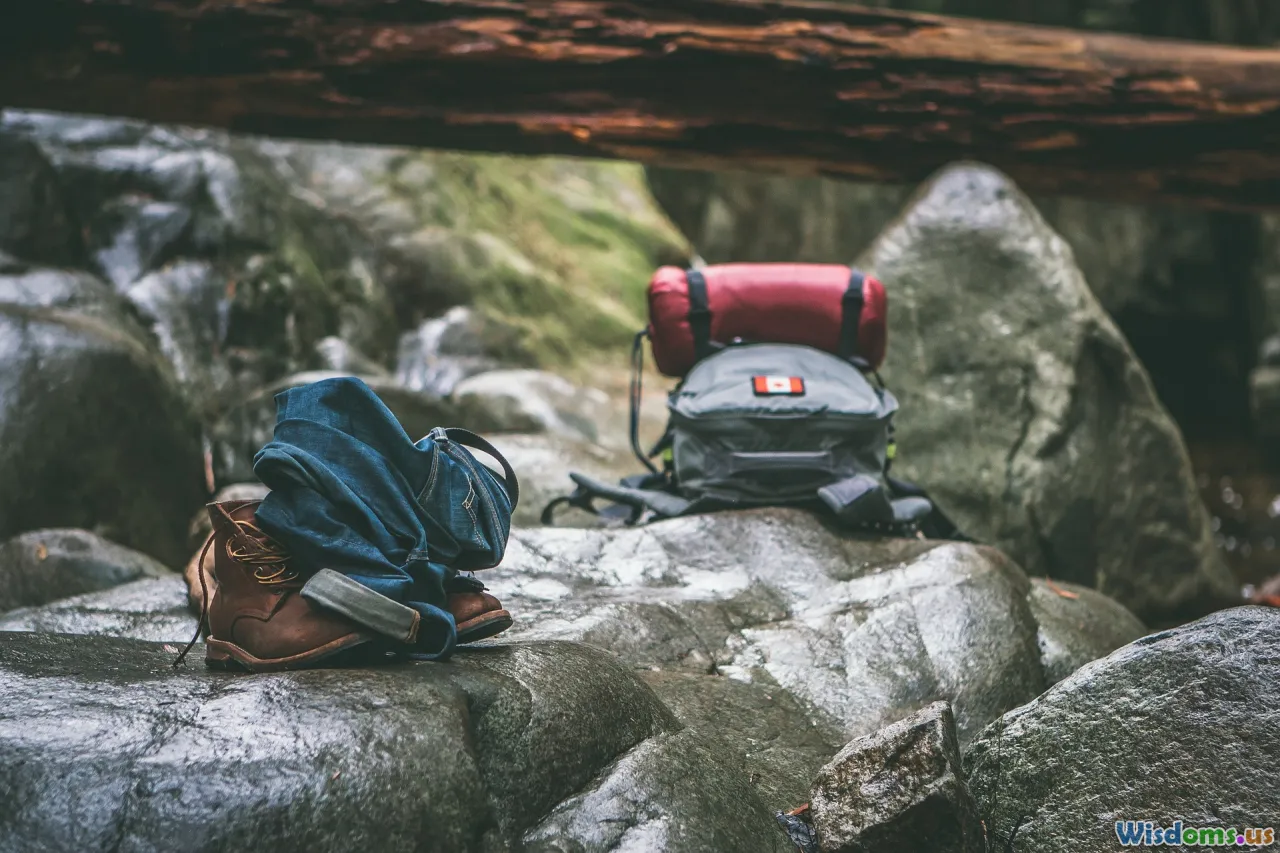
The right gear saves you money, maximizes comfort, and assures safety. But stock up wisely: avoid buying everything new, and focus on versatile, multipurpose items.
- Secondhand Stores and Rental Shops: No need to purchase big-ticket items like technical jackets or specialist equipment. Look for used gear in outdoor gear stores or online marketplaces like Geartrade or Facebook Marketplace.
- Bring-Your-Own Basics: Durable water bottles, lightweight cutlery, and layered clothing go the distance and beat overpriced convenience options. Prioritize neutral, quick-dry, and compact items.
- Essential Safety Kit: Basic first aid, navigation tools (maps or downloaded GPS), a whistle, and a battery pack—these essentials prevent emergencies that can become unexpectedly expensive setbacks.
- Smart Packing for All Weather: Weather-resistant outer layers, sun/rain protection, and adaptable footwear enable maximum flexibility with minimal wardrobe changes.
Packing smart means spending less on forgotten essentials during your journey—and more on experiences that matter.
Free and Low-Cost Adventures: Think Outside the Ticket
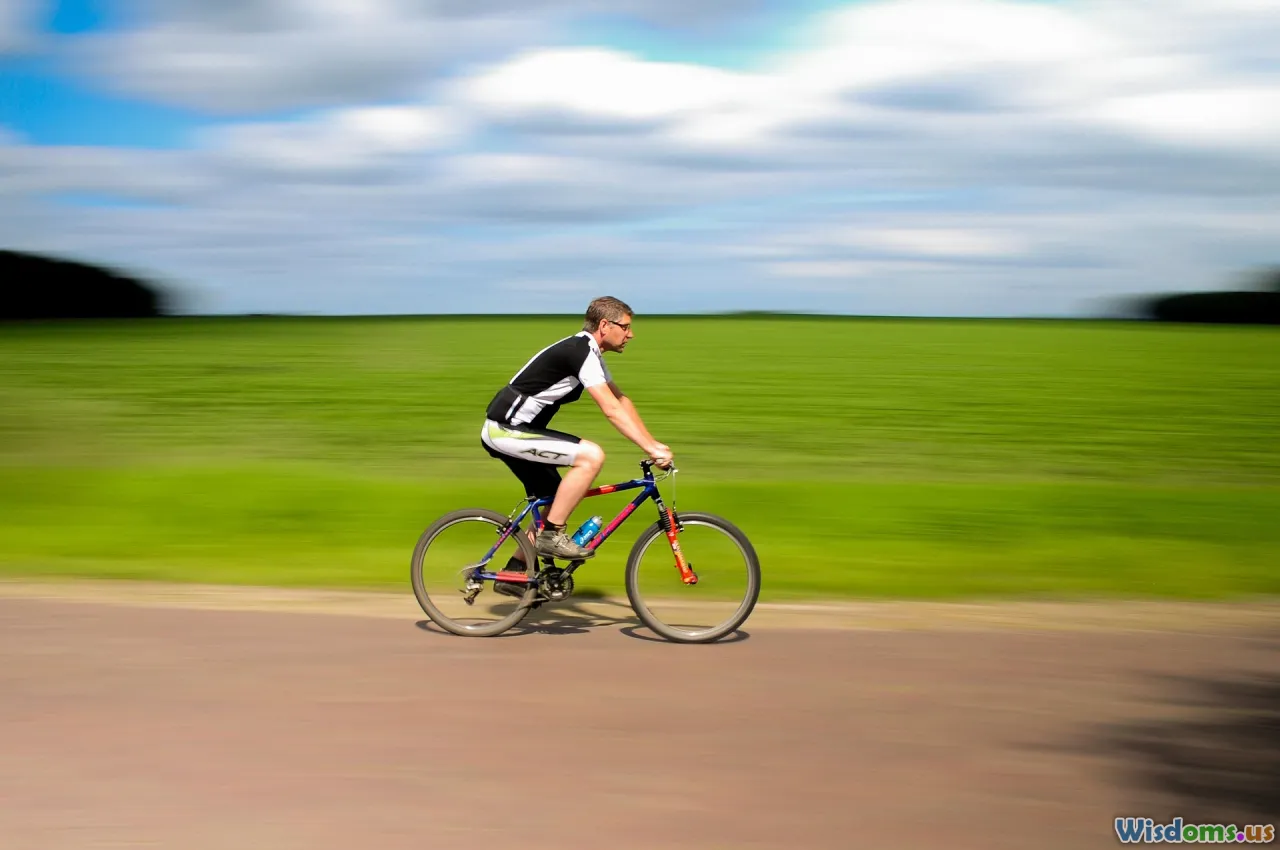
It’s easy to overlook the treasure trove of no-cost (or almost free) adventures wherever you are. The outdoors, for example, is a vast playground:
- Hiking and Trailwalking: National parks, state reserves, and public green belts host thousands of marked trails, many free or with moderate entry fees. Apps like AllTrails catalog these options for every fitness level.
- Urban Exploration: Self-guided walking tours, geocaching, or community-led events (Art Night, local improv shows) open up cities in unexpected ways—with little to no cost.
- Biking: Many cities now have affordable public bike-share schemes. Explore riverside paths, heritage neighborhoods, or expanded urban parks at your own pace.
- Nature-Based Activities: Wild swimming, birdwatching, or amateur astronomy need minimal gear but deliver maximum connection to place.
- Volunteer Expeditions: Join trail maintenance, ecological restoration, or archaeological digs—many adventures have nonprofit groups eager for helping hands (and often cover food/accommodation for you).
A bit of creativity can transform even ordinary terrain into an extraordinary escapade.
Navigating Deals, Discounts, and Reward Programs

The digital age is a boon for budget adventurers willing to do a bit of research.
- Adventure Passes and Group Discounts: Many cities and regions offer bundled attraction passes (like the America the Beautiful pass for all US National Parks, or local city adventure cards) which pay off in just a few uses. Group bookings for tours or transportation? Ask about discounts—even smaller companies may grant flex rates for two or more travelers.
- Student, Teacher, and Age-Based Deals: If you qualify, always carry ID to access reduced entry, transit, or gear rental rates.
- Loyalty and Rewards: Use travel credit cards or hotel/airline points systems; periodic sign-up bonuses can translate to free hotels or discounted gear. Likewise, apps such as Groupon, Travelzoo, and GetYourGuide frequently list discounted adventure experiences worldwide.
- Local Promotion Days: Museums, parks, or adventure operators often run ‘free entry’ or ‘pay what you want’ days—mark them in your schedule for built-in bargains.
Sharpen your deal-hunting instincts—and remember, the best bargains often come from asking locals about their secret tips or neighborhood savings.
Connecting with Fellow Explorers and the Adventure Community
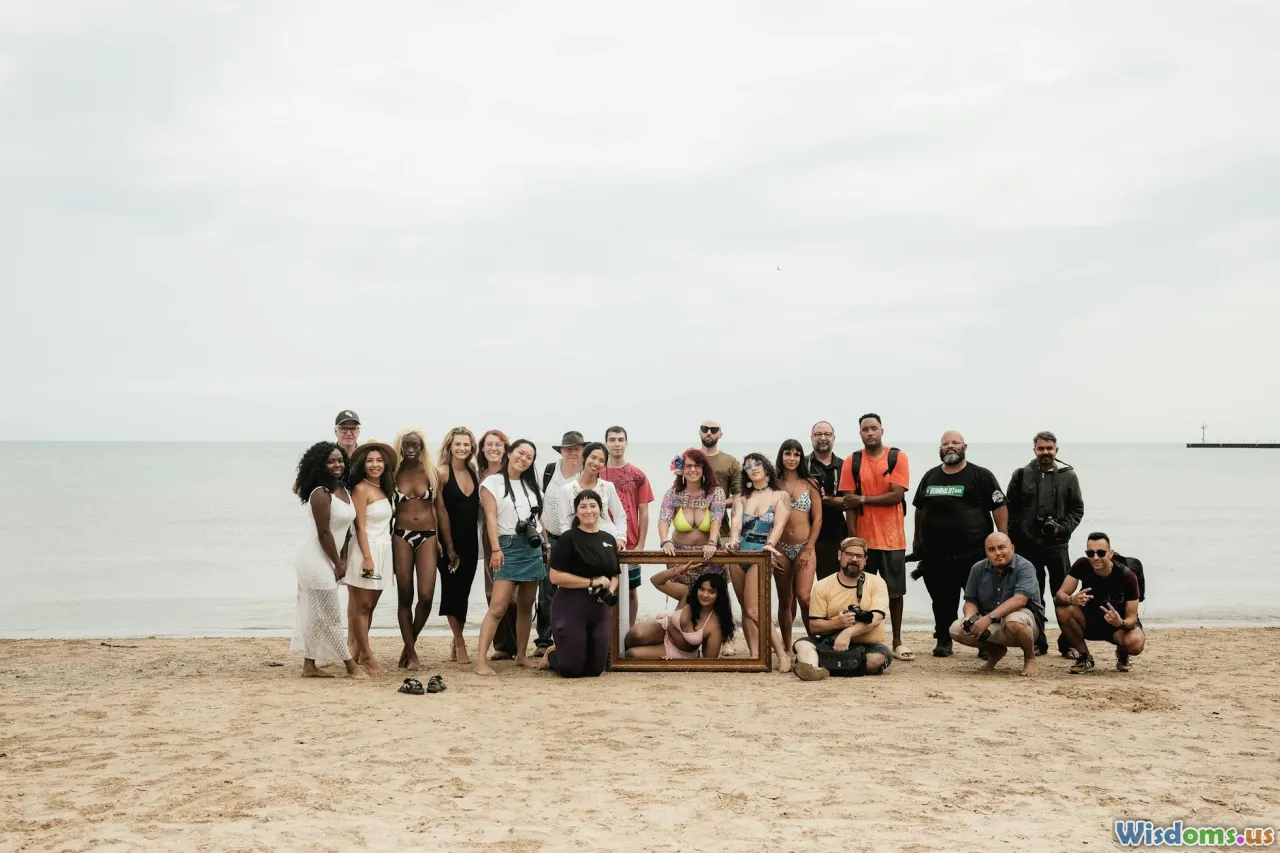
Traveling solo can be powerfully liberating, but sharing adventures often brings down the cost—and multiplies the fun.
- Meetups and Activity Forums: Online communities like Meetup, Backpackr, or Facebook groups for hikers, climbers, and cyclists regularly announce group trips or cost-shared outings. These can turn expensive private tours into group-friendly excursions.
- Adventure Clubs: University, alumni, or city-based groups offer members low-cost trips and insider info; think hiking holidays, kayaking weekends, or rock-climbing days at group rates.
- Skill Swaps: Immerse in the give-and-take ethos—offer skills (like basic wilderness first aid, yoga, or bird identification) in exchange for a spot on a trip or accommodation.
Remember that your story—shared later through reviews, blogs, or photos—will help the next adventurer discover affordable ways to see the world.
Forging your own path across hills, valleys, and faraway places need not empty your savings. With thoughtful planning, a willingness to connect, and a dash of flexibility, astonishing adventures are within reach no matter your budget. The world awaits: pack creatively, travel with curiosity, and let your next affordable adventure begin.
Rate the Post
User Reviews
Popular Posts










